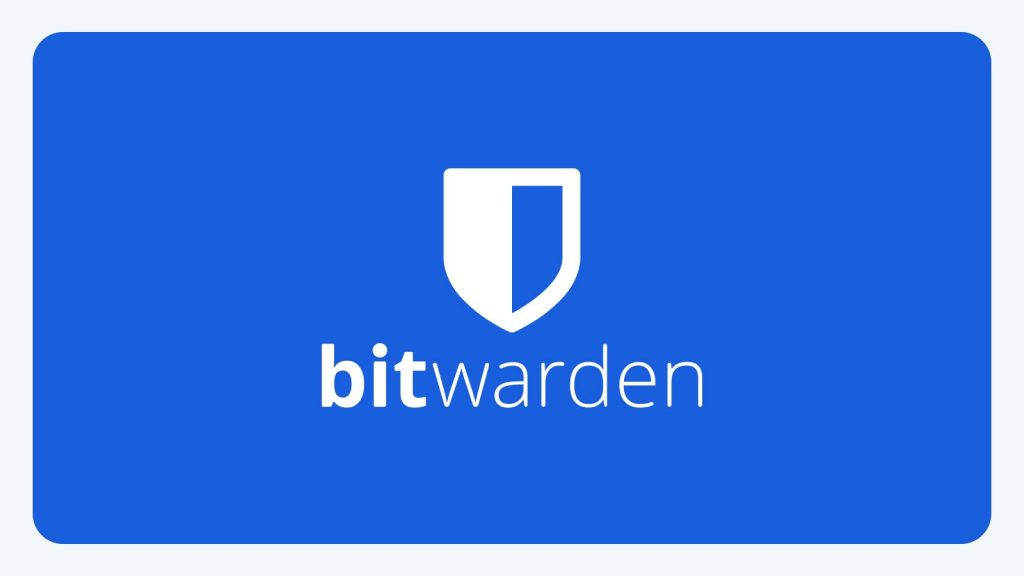In recent times, Bitwarden has emerged as a go-to password manager for individuals and businesses seeking a secure solution for password storage and management.
The enticing factor about Bitwarden is its open-source nature, which not only ensures transparency but also invites contributions from its user community. But how does an open-source platform like Bitwarden sustain itself financially?
Let’s delve into Bitwarden’s business model to understand how it makes money.
History of Bitwarden

Bitwarden’s journey began when software developer Kyle Spearrin identified a need for an open-source, web-based password manager. Under his company, 8Bit Solutions, Spearrin embarked on the development of Bitwarden, positioning it as an open-source alternative to other password managers like LastPass and 1Password.
The initial release of Bitwarden came to light on August 10, 2016, marking the beginning of a new player in the password management domain.
In its foundational stage, Bitwarden Inc., established in 2015, anchored itself in Santa Barbara, California. Over time, it evolved to have a globally distributed team, reflecting a broader reach and acceptance of its open-source password management solution.
This development wasn’t confined to geographic expansion alone; Bitwarden also expanded its suite of offerings to include a variety of client applications such as a web interface, desktop applications, browser extensions, mobile apps, and a command-line interface, catering to a diverse user base.
A significant milestone in Bitwarden’s history was its first fully disclosed external funding, a minority growth investment, which came seven years into its operation.
This funding, amounting to $100 million, symbolizes a noteworthy phase of financial affirmation and growth for Bitwarden, showcasing the market’s confidence in its open-source password management solution.
Bitwarden’s history is a testament to how open-source initiatives can foster community-driven development, user trust, and continuous innovation. By adhering to a transparent operational ethos and prioritizing user-centric features, Bitwarden has managed to carve a distinct niche for itself in the crowded domain of password management solutions.
How Bitwarden Makes Money
Freemium Subscription Model
Bitwarden operates on a freemium business model. It offers a Free plan providing essential features like unlimited password storage across multiple devices. However, for those seeking additional functionalities such as advanced two-factor authentication or the ability to sync multiple accounts (in the case of families), Bitwarden provides paid plans: Premium and Families.
The Premium plan is priced at $10 per year, offering added features like advanced 2FA.
On the other hand, the Families plan costs $40 per year, allowing up to 6 users to manage their passwords collectively, translating to a cost of approximately $3.33 per month.
Business Plans
Bitwarden extends its services to organizations through its Teams and Enterprise plans. The Teams plan is priced at $3 per user per month (billed annually), while the Enterprise plan comes at $5 per user per month (billed annually).
These plans come with added features like organization-wide controls and the option for self-hosting Bitwarden instances, catering to the varied needs of businesses.
Open-Source Community Contributions
One of the unique facets of Bitwarden’s business model is its open-source foundation. This not only creates a sense of transparency but also reduces development costs substantially. Bitwarden benefits from the contributions made by the user community to its source code and knowledge base.
This community-driven approach helps in enhancing the product while keeping the operational costs low, especially in terms of development.
Competitive Pricing
Bitwarden has managed to underprice its competitors like LastPass and 1Password, thanks to its lean operation and community contributions.
With a reported employee count of around 100, as compared to LastPass and 1Password who employ over 600 and 900 employees respectively, Bitwarden can afford to pass on the cost benefits to its users in the form of lower subscription fees.
How Bitwarden Works

Bitwarden operates as a password management service, providing a secure platform for users to store and manage their passwords. Here’s a breakdown of how it works:
1. Password Storage and Retrieval:
- Bitwarden allows users to securely store their encrypted passwords and retrieve them across multiple devices or via the web whenever required. It employs an encrypted vault protected by a master password to hold all user passwords securely.
2. Encryption and Security:
- The service employs a zero-knowledge architecture, meaning that sensitive data like your email and master password are hashed on your device before being transmitted elsewhere. This way, only users have access to their data, not even the Bitwarden team can unlock the protected data.
- Bitwarden uses end-to-end AES-256 bit encryption, salted hashing, and PBKDF2 SHA-256 to secure user data, which is the same encryption standard used by banks and governments worldwide.
3. Cross-Platform Accessibility:
- Bitwarden supports cross-platform applications allowing users to secure and share sensitive data within their Bitwarden Vault from any browser, mobile device, or desktop application.
4. Password Generation and Management:
- Bitwarden assists in generating, saving, and managing logins safely and securely. Users can also share secure information easily within their organization.
5. Password Auditing and Breach Monitoring:
- Besides basic password management, Bitwarden offers password auditing, breach monitoring, and two-factor authentication to ensure the security of user credentials.
6. Secure Data Sharing:
- Users can securely transmit encrypted files, attachments, and text to others through Bitwarden Send, a feature for secure one-to-one data sharing.
7. Syncing Across Devices:
- Bitwarden’s secure cloud syncing feature enables users to access their data from anywhere, on any device, making the vault conveniently optimized for use on desktop, laptop, and mobile devices.
8. Open Source Security:
- Being an open-source solution, every line of code in Bitwarden can be inspected and scrutinized, offering a high standard of trust and security. Additionally, it has undergone thorough security audits and cryptographic analysis with reputable third-party security experts, such as Cure53, ensuring its robustness against potential security threats.
Through these mechanisms, Bitwarden ensures a robust and secure environment for managing sensitive information like passwords, while providing a user-friendly and cross-platform accessible service.
Bitwarden Funding, Revenue, and Valuation
Bitwarden has successfully secured substantial funding to fuel its growth and development in the competitive password management market. Here’s an overview of its financial landscape:
1. Funding Rounds:
- Bitwarden has raised a total of $100 million in funding over the span of its operations, with notable funding rounds taking place. The most recent funding round occurred on September 6, 2022, where Bitwarden raised $100 million in a Private Equity round. This funding was led by PSG Equity and Battery Ventures.
2. Acquisitions:
- On January 18, 2023, Bitwarden made a strategic acquisition of Passwordless.dev, which is a significant move that could be indicative of its growth and expansion strategy.
3. Stock Price & Valuation:
- Although there isn’t specific information on the company’s valuation, there’s mention of Bitwarden’s stock price being $15.37 per share, as per some data. The share price is algorithmically adjusted for stock splits using pre-IPO stock trades and other data inputs.
4. Revenue:
- There isn’t publicly available detailed information regarding Bitwarden’s revenue. However, its successful funding rounds and the willingness of investors to back the company suggest a positive revenue outlook.
The funding Bitwarden has secured, especially the recent $100 million round, showcases the confidence investors have in its business model and the value it provides in the password management market. This financial backing is crucial for Bitwarden as it continues to expand its services, enhance its features, and grow its user base in a market that’s projected to reach a value of $2.9 billion by 2027.
Bottom Line
Bitwarden’s revenue model is a blend of freemium subscription and open-source community contributions. This model not only ensures financial sustainability but also fosters a community of engaged users contributing towards the continuous improvement of the platform.
Through competitive pricing and a range of subscription plans catering to individuals and businesses alike, Bitwarden has carved a niche for itself in the crowded password management market.
